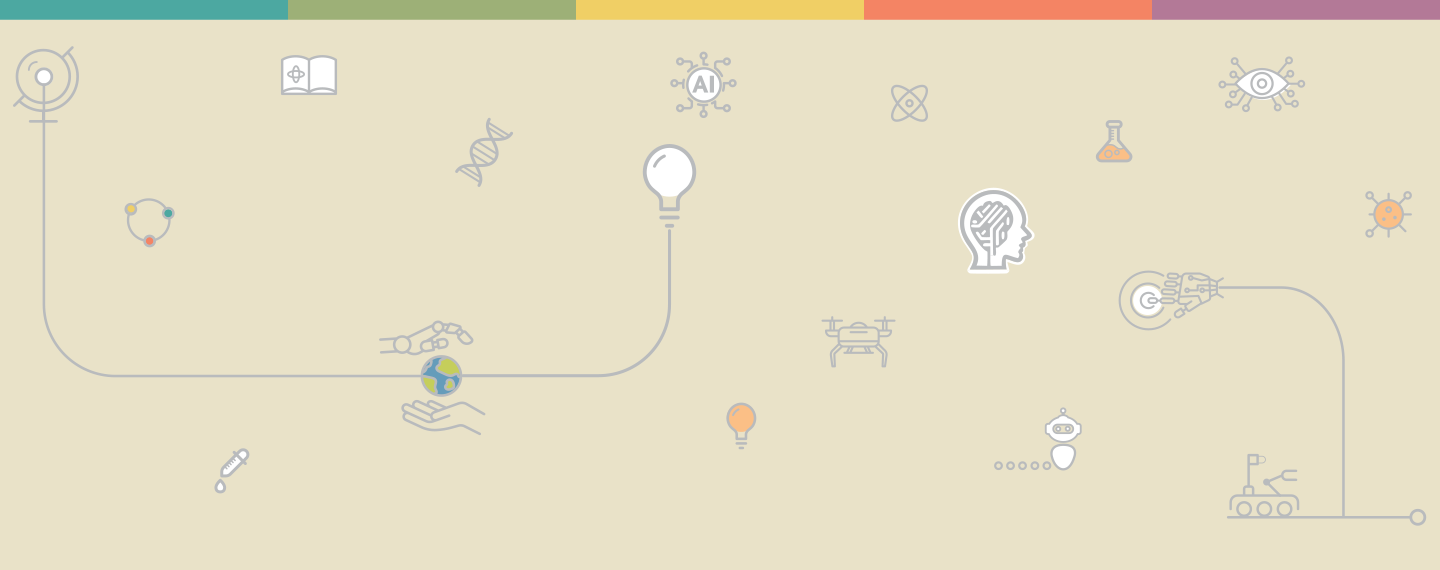Creativity & Creation

 Creativity, Creation, and the Animation Industry
Creativity, Creation, and the Animation Industry
By Olivia Baylor '19 (Production Assistant at DreamWorks Television Animation, Los Angeles, CA)
Artificial intelligence has been a major topic of discussion within the film and television industry. During the WGA and the SAG-AFTRA contract negotiations of 2023, both writers and actors fought and won to establish regulations for the use of AI in their professions.
The animation industry union, The Animation Guild (TAG), is negotiating its new contract in the spring of 2024. Like the writers and actors, animation industry workers also want to establish protections for themselves against AI. A member of TAG posted on Instagram this overheard statement from a streaming service executive: "If everything goes right [storyboard artists] will be replaced with AI in a few years."
This is the kind of statement that has many animation industry employees worried about how AI could negatively affect the industry.
In addition to the fear of AI coming for our jobs, there is also the issue of protecting our artwork from AI under copyright laws. There is evidence that AI software does not solely generate "original" art from work in the public domain, but also from artists who did not give consent for their work to be used in this way.
I believe that AI can still be a powerful and useful tool for artists to use with regulations. It can be used to make certain processes more streamlined and faster, improving what could be a stressful and taxing work environment.
No matter what executives decide about how AI will be used in animation studios, creatives are not going to stop making art and film. The animation industry is full of so many talented and collaborative artists that they would sooner leave studios and come together to make their own independent films than let AI take full control over the beloved art form. I hope TAG is just as successful as the WGA and SAG-AFTRA in their negotiations.
